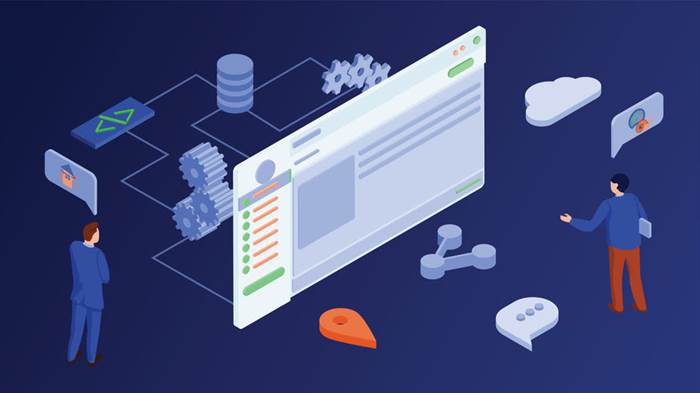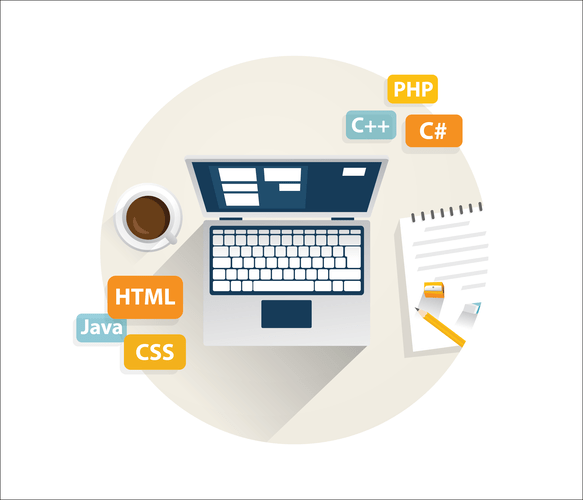Jenkins is an open-source automation server that helps automate various phases of the software development process, including constructing, testing, and deploying functions. It is broadly used for implementing CI/CD pipelines, enabling improvement groups to detect and resolve issues early, streamline the development process, and maintain high-quality code. CI helps DevOps teams detect and resolve conflicts early and ensures that the codebase remains secure. Continuous integration (CI) refers to the apply of routinely and frequently integrating code changes into a shared source code repository. Continuous supply and/or deployment (CD) is a 2 part process that refers to the integration, testing, and delivery of code modifications. Continuous supply stops in need of computerized manufacturing deployment, while steady deployment mechanically releases the updates into the manufacturing environment.

In this methodology, each integration is checked by an automated construct to detect errors. This idea was first introduced over twenty years ago to avoid “integration hell,” which occurs when integration is put off till the tip of a project. A good counter-example to it is a classical open-source project, where there could be one or two maintainers and many contributors. This is the surroundings that led to a function department workflow and pull-requests. In such a context Continuous Integration is not believable, though efforts to increase the integration frequency can nonetheless be useful. Over the last decade we’ve developed and refined a quantity of methods that
Continuous Delivery
Every developer ought to be ready to run the newest executable for demonstrations, exploratory testing, or anything else. You can’t probably run a take a look at for each variation of an end user’s desktop software, ensuring your software program completely interacts with each single different piece of software program on the market. Nonetheless, the aim is to replicate the environment as completely as possible. You may even put in IDE configurations to make it easier for folks to share IDE setups.
Know which assets help each course of and capability and group them accordingly. If not one of the work has been accomplished for a specific product characteristic, the group ought to begin small—one capability at a time. Another factor https://www.globalcloudteam.com/ is the need for a model control system that supports atomic commits; i.e., all of a developer’s adjustments may be seen as a single commit operation. A sensible guide to the continuous integration/continuous supply (CI/CD) pipeline..

CI/CD is a half of DevOps, which helps shorten the software growth lifecycle. Writing checks as part of your stories signifies that builders create and preserve automated tests alongside the development of latest options or bug fixes. This follow ensures that checks cowl the most recent code changes and stay relevant as the codebase evolves. By incorporating tests into the event process, teams can validate that their code meets the necessities, improve code quality, and be sure that new adjustments don’t introduce regressions.
And it’s the variety of iterations, not the number of hours invested, that drives learning. Continuous Integration(CI), Continuous Deployment (CD) or Continuous Delivery(CD) are all a half of the software development course of. With these CI tools, you’ll have the ability to manage supply code, versioning, construct, test and launch. CI/CD introduces ongoing automation and continuous monitoring throughout the lifecycle of apps, from integration and testing phases to supply and deployment. Red Hat OpenShift Pipelines is designed to run every step of the CI/CD pipeline in its personal container, permitting each step to scale independently to satisfy the demands of the pipeline. This means admins and builders can create pipeline blueprints for purposes that are based mostly on their organization’s distinctive enterprise and security necessities.
Compile The Mainline Periodically; Run Checks Of The Mainline And/or Use Continuous Quality Management
Today, the businesses have started realizing the significance of CI and do not assume twice about investing in it. Continuous Deployment (CD) refers to the ultimate stage in the pipeline that refers to the automatic releasing of any developer modifications from the repository to the production. Continuous Delivery (CI) is a DevOps apply that refers again to the building, testing, and delivering improvements to the software program code.
It takes time earlier than we see an impact, and it is exhausting to sense counter-factual. Once I’ve pushed to the mainline a Continuous Integration Service notices my commit, checks out the modified code onto a CI agent, and builds it there. Since the construct was fantastic in my environment I don’t count on it to fail on the CI Service, but there is a cause that “works on my machine” is a well-known phrase in programmer circles. It’s uncommon that one thing will get missed that causes the CI Services construct to fail, but rare is not the identical as by no means.
What Is Continuous Integration?
Ansible Automation Platform additionally integrates with Red Hat Advanced Cluster Management for Kubernetes, permitting you to orchestrate Kubernetes clusters inside your CI/CD pipeline. You can even use the human-readable automation language to extra simply build and maintain Red Hat OpenShift operators. A subsequent technology CI/CD platform designed for cloud-native applications, providing dynamic builds, progressive supply, and far more. The responses might help teams prioritize which processes should be automated first. Compilation is the process the computer takes to transform a high-level programming language code right into a machine language that the pc in a place to perceive. Some of one of the best tools are supplied by the Bitbucket pipeline, Atlassian, and Bamboo.
- Continuous integration (CI) is a software program development apply that entails often integrating code changes right into a shared repository, usually multiple times a day.
- Checking code into model control triggers the deployment pipeline to invoke automated merge, high quality, and safety checks, then apply configurations stored as code to build shippable, full-stack binaries.
- an integration course of with so much friction that it discourages people from
- All unit tests in the developer’s native surroundings should be run and passed before committing to the mainline.
- Instead, they’ll focus on programming the logic that delivers the options the business needs.
The techniques work in both pre-production and launched techniques, in green subject tasks in addition to legacy systems.
The pull request informs all the fellow developers that a model new set of modifications are ready for integration. Along with that, a manual approval step is taken, during which a code review is performed. This code evaluate helps in a better evaluation of the code and its functionality. Continuous integration involves crucial ‘development’ activities that originally inspired the ‘Dev’ in DevOps.
In addition to regularly checking code, builders will handle options and fixes on different timelines, and can then management which code and options are ready for production. The system ought to construct commits to the current working version to verify that they combine correctly. A widespread follow is to make use of Automated Continuous Integration, though this could be done manually. Automated Continuous Integration employs a continuous integration server or daemon to watch the revision management system for adjustments, then mechanically run the construct course of. It helps developers by mechanically checking and testing their code as soon as they save it to the project, which makes it easier to find and fix issues early and launch software program extra rapidly. An instance of CI is when a software development staff uses a software like Jenkins or Travis CI to automatically construct and test their code every time a developer makes changes to the project.
The build needs to complete quickly in order that if there is a problem with integration, it is rapidly recognized continuous integration monitoring. Continuous integration platforms have default answers to these questions and most enable configuration and setup.
It’s frequent follow today for integrations to happen no much less than once per day, if no more usually. Continuous Integration was coined by Grady Booch and then picked up and expanded by Kent Beck and Extreme Programming (XP). Thanks to Matt Foemmel, Dave Rice, and everybody else who constructed and maintained Continuous Integration on Atlas.
In trendy application growth, the aim is to have a quantity of builders working concurrently on totally different options of the identical app. However, if a corporation is about up to merge all branching supply code together on in the future (known as “merge day”), the ensuing work can be tedious, guide, and time-intensive. That’s as a end result of when a developer working in isolation makes a change to an utility, there’s a chance it’s going to battle with different changes being concurrently made by different developers. This means testing every little thing from courses and function to the totally different modules that comprise the entire app.
After We Mustn’t Use Steady Integration
The most important part of the CD is that the code is at all times in a deployable state. A massive purpose why CI works so well is as a end result of it depends on fixed communication. The method to ensure constant communication between developers and product house owners is permitting everyone to see the state of the system and the changes made to it. Automating the construct means turning the sources you might have into a working system — mechanically.





Pas de commentaires